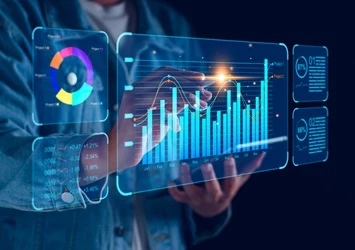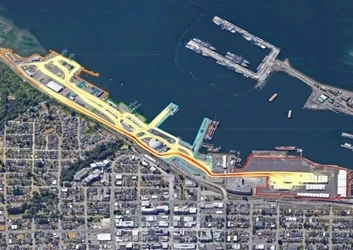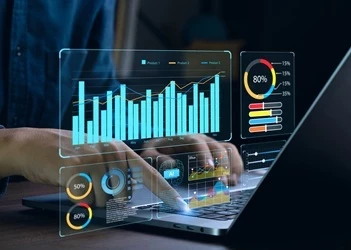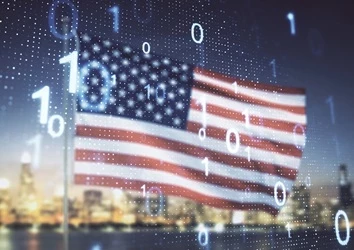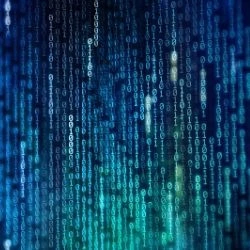What is Artificial Swarm Intelligence?
ASI has been shown to substantially amplify collective insights and significantly increase the predictive accuracy of human groups.
Add bookmark
The field of artificial intelligence (AI) is centered around the study of computers and machines that can think, learn and behave like humans. As more developments are made in AI, the field of Artificial Swarm Intelligence (ASI) is developing alongside them.
ASI has been shown to substantially amplify collective insights and significantly increase the predictive accuracy of human groups. It works by connecting teams of networked users into real-time systems moderated by AI algorithms. Sometimes referred to as “human swarms” or “hive minds” or “Swarm AI”, these systems function quite differently than traditional methods for tapping the wisdom of human populations.
Unlike votes, polls, surveys, or prediction markets, which treat each participant as a source of passive data for statistical aggregation, “swarming” treats each person as an active member of a real-time control system, enabling the full population to think together in synchrony and converge on optimized solutions as a unified amplified intelligence. Built using AI algoirithms modeled after swarms in nature, these real-time ASI systems have been shown to amplify group intelligence across a wide range of tasks, from financial forecasting and business decision-making to medical diagnosis and sports handicapping.
By connecting individuals in real-time through a digital interface, swarm intelligence provides the capability to rapidly and accurately identify the best solutions to complex problems within distributed and diverse networks of human decision-makers. These systems are capable of performing complex tasks using minimal individual input from each of the members in the group.
Although the term "swarm" is generally used to denote a collection of animals such as bees or ants, it can also be used in reference to human groups as well. These human swarms are generally considered to be revolutionary in nature due to the fact that they have the potential to transform the way we do things in the modern world.
For instance, the use of swarms can be used to combat diseases. The members of this group can use the data that they have collected to help determine the best course of medical treatment for a patient. By using this method, doctors can minimize the risks that are associated with treating patients who are suffering from illnesses for which there is currently no cure. This approach to treatment is also cost-effective since it minimizes the need for expensive and time-consuming clinical trials (The Economist). Other examples of the ways in which these swarms can be put to use include the development of smart cities and the use of autonomous vehicles to transport people from one place to another. One of the biggest challenges associated with implementing these systems is the fact that they require a huge amount of computational power to be effective. However, as this computing power becomes less expensive and more accessible, the opportunities that they offer will become even greater.
Swarm Intelligence can also be used to create more efficient systems for food production. For example, by combining the data that they’ve collected from different farms throughout the country, companies can determine which crops will grow best in which regions. They can also use this information to optimize the timing of their harvests so that they can take advantage of favorable weather conditions while maximizing production at the same time. This approach will significantly reduce the amount of waste that is produced by the agricultural industry while also ensuring that enough food is being grown to meet the needs of the world's population (Scientists Unveil New Technology To Help Feed The World). In addition, as the cost of producing food continues to go down, it will become more affordable for consumers around the world to purchase these products on a regular basis. As a result, the number of people suffering from malnutrition and starvation around the world will decrease significantly in the coming years.
As companies begin to use these systems to produce their goods and services, it will also be possible to reduce the costs associated with maintaining their operations. Since these machines can be operated by algorithms instead of people, they will be able to perform a wide range of tasks much more quickly and efficiently than a team of employees could on their own. As a result, these businesses will be able to reduce both their overall labor costs and their operating costs while still achieving the same level of performance that they previously enjoyed.
All of these benefits will be of great benefit to both the company and its consumers in the future. As the acceptance of these new technologies continues to grow, we will be one step closer to creating a more prosperous and sustainable world for future generations to come.






















